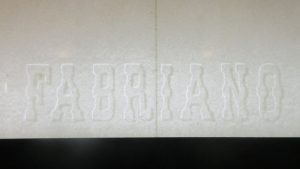 Creative cities has been an important concept that I studied for a long time at the university. I remember it was quite difficult to understand what it implied, yet was it rewarding when I discovered that among the UNESCO Creative City there was also Fabriano. From June, 10th to June, 15th Fabriano will host the XIII UNESCO Creative City conference. There are 180 cities all over the world, that agreed in creating a network that could help the development of cities and industries. A Creative City is, by definition, a city that has put the creativity at the core of its economic and sustainable development.
Creative cities has been an important concept that I studied for a long time at the university. I remember it was quite difficult to understand what it implied, yet was it rewarding when I discovered that among the UNESCO Creative City there was also Fabriano. From June, 10th to June, 15th Fabriano will host the XIII UNESCO Creative City conference. There are 180 cities all over the world, that agreed in creating a network that could help the development of cities and industries. A Creative City is, by definition, a city that has put the creativity at the core of its economic and sustainable development.
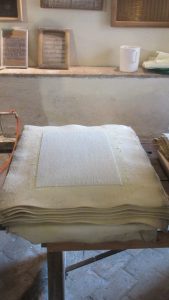 The creative factor of Fabriano is nothing else but paper. The trademark FABRIANO is indeed well known all over Italy because of its use as drawing paper in Italian schools and, beyond that, for its incredible genius that allowed Fabriano to have the first paper mill only in 1276.
The creative factor of Fabriano is nothing else but paper. The trademark FABRIANO is indeed well known all over Italy because of its use as drawing paper in Italian schools and, beyond that, for its incredible genius that allowed Fabriano to have the first paper mill only in 1276.
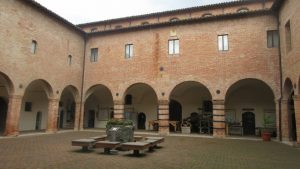 The history of the paper from Fabriano is very well portrayed in the local “Museo della Carta e della Filigrana”, which leads the visitors (also in English) throughout the discovery of this very common tool. The paper industry developed quite fast in Fabriano thanks to the Mastri Chartai, the paper masters who could count on the most modern technology.
The history of the paper from Fabriano is very well portrayed in the local “Museo della Carta e della Filigrana”, which leads the visitors (also in English) throughout the discovery of this very common tool. The paper industry developed quite fast in Fabriano thanks to the Mastri Chartai, the paper masters who could count on the most modern technology.
The first “ingredient” to make good paper is surprisingly water. Fabriano at that time was lucky enough to have many water mills around the area.
Then, three main machines helped the paper makers in the production:
– a hammer mill that uses water power and shreds rags and mills them to a fine pulp. The result is the so-called pulp as a base material for paper
– the use of animal gelatine instead of starch for surface treatment. This will make the paper firmer and smoother.
– fine grains in the paper, so-called watermarks, which are called in Italian “filigrana”. Fabriano is famous for its artistic and detailed watermarks.
The paper industry grew in very few years adding some more competitors on a national and international scale. Despite 40 paper mills that Fabriano had, the industry collapsed during the 16th century.
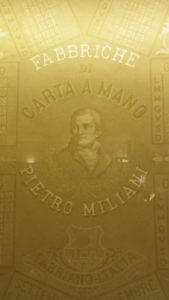 However, at the end of the 18th century, the great entrepreneur Pietro Miliano invested in the paper making industry and succeeded in producing also paper for the Italian bank. Today the production continues with mainly euro banknotes, fine paper, and high quality drawing and watercolour paper.
However, at the end of the 18th century, the great entrepreneur Pietro Miliano invested in the paper making industry and succeeded in producing also paper for the Italian bank. Today the production continues with mainly euro banknotes, fine paper, and high quality drawing and watercolour paper.
The paper museum was opened in 1984 in the former monastery of San Domenico on the edge of the old town. Visitors first see a movie and then assist to the traditional production of paper. The hammer mill for crushing the rags is put into operation and an employee demonstrates how he draws paper from the water. Then you see the gelatine pestier in action and then how the paper is dried.
The most valuable exhibits are a collection of filigree wire works from the 13th to the 20th century, which are used to create the watermarks. They are beautiful works of art!
At the end of the visit you can purchase the traditional Fabriano paper at the museum shop or in Fabriano paper shops or even at the online shop: https://www.fabrianoboutique.eu/
A great museum, where there are regular guided tours that are very interesting and where the visitors are actively involved!
For a taste of the extensive website of the museum: http://www.museodellacarta.com/default.asp
You can have a look at the process of paper making in our Youtube channel:
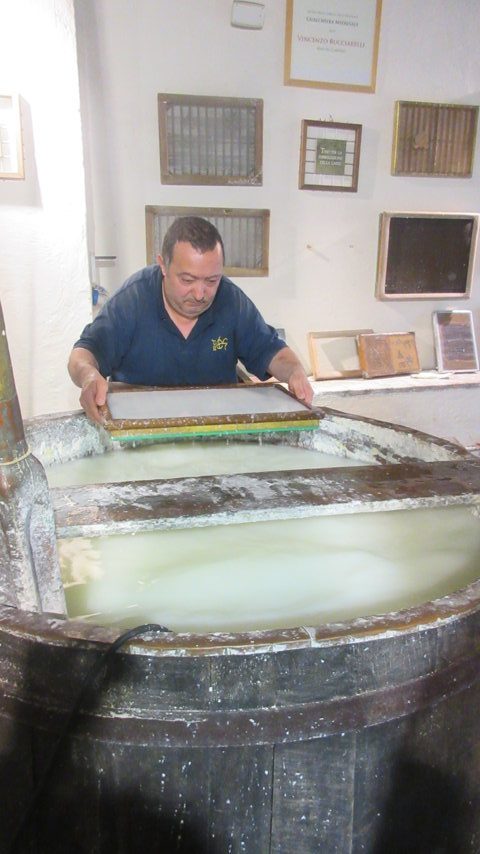

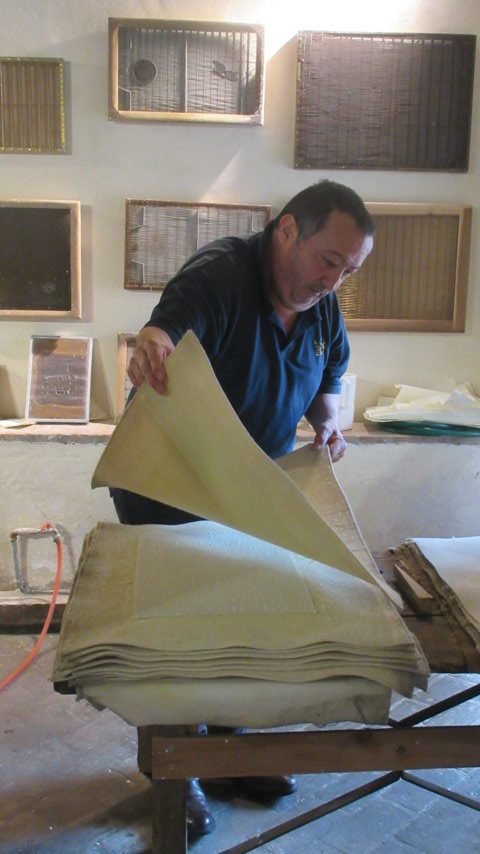
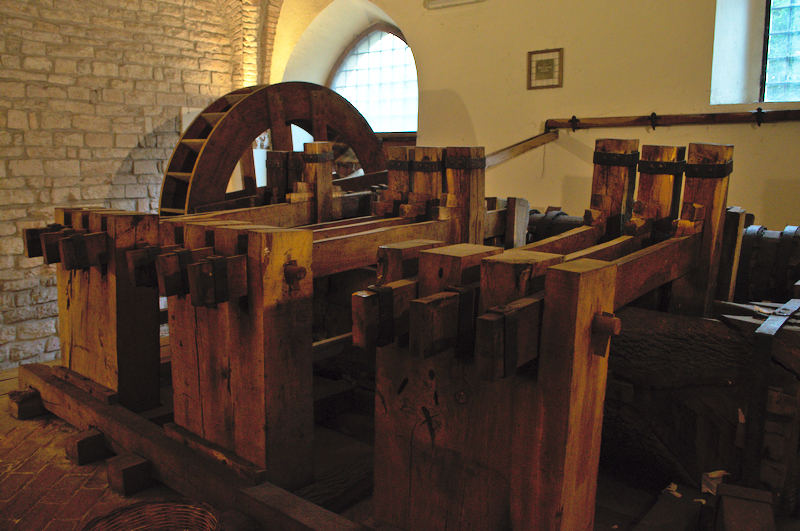




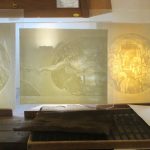
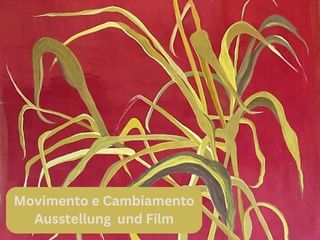
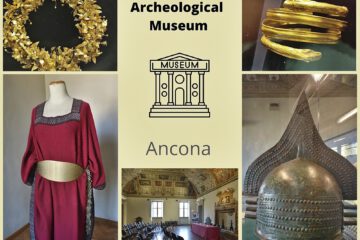
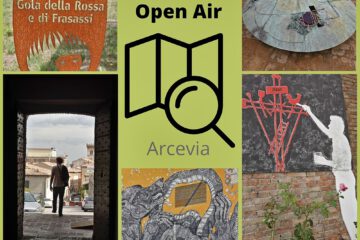
0 Comments